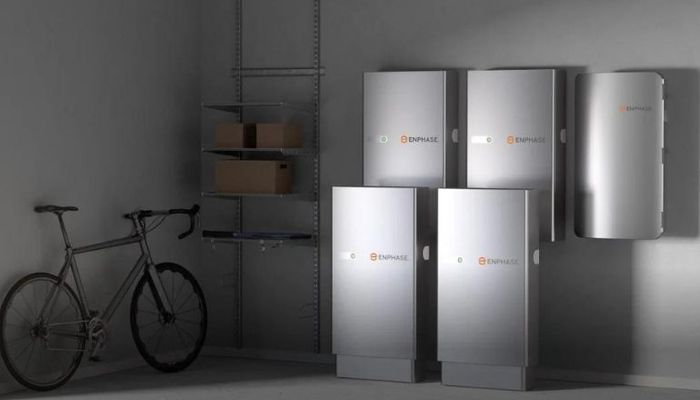An Overview of Solar Incentives, Rebates and Tax Credits

Solar power is a cheaper and cleaner energy source than natural gas, so it makes sense that federal and local governments have created solar rebates and incentives to encourage the adoption of solar.
These solar incentives come in many forms, but they have one thing in common: they’re designed to get you a huge discount on your solar project, no matter your solar system size.
Read more: How much does it cost to go solar?
In this guide, we’ll give a brief rundown of the rebates, tax credits, and other incentives available to Americans who go solar.
3 Types of Solar Incentives
Solar Tax Credits
Tax credits provide a discount by lowering the amount of taxes you owe when you file your return. This requires a bit of planning ahead, because if you set your withholding too high and don’t owe any taxes at the end of the year, you won’t be able to claim your credit. Fortunately, tax credits can usually be rolled over to future tax returns, which gives homeowners a bit of a grace period to claim the credit.
Solar Rebates
Rebate programs offer money back for solar projects that meet the program’s requirements. You must apply for the rebate & wait for approval to receive your rebate, which can usually take a few weeks to a few months to process.
Unlike tax credits, you don’t need to owe taxes or meet any other special requirements to be eligible. Just provide proof of purchase and file the rebate form. (If you work with GoGreenSolar, we’ll handle the rebate processing on your behalf.)
SRECs
Solar Renewable Energy Credits, or SRECs, offer solar homeowners a way to generate additional income from the energy they generate.
Some state governments implement SREC programs to meet their clean energy goals. Under the program, companies must produce a certain percentage of their electricity from renewable sources. To meet their quota, they can buy credits on the SREC marketplace.
One SREC is equivalent to 1,000 kilowatt hours (kWhs) of energy consumed. The average American household may generate about 10 of these credits per year to sell on the marketplace, which is a nice bonus for solar homeowners in the states that participate.
Visit SRECTrade to view program details and see if you’re eligible.
Federal Solar Tax Credit
The federal solar tax credit is the most prominent incentive that is available to most Americans. Under the programs, you can receive a credit for 30% of your solar project costs, which can be used to offset any taxes you may owe when you file your return.
For example, if you spend $10,000 on your solar project, you’ll get a $3,000 credit to put toward your taxes when you file your return. Here’s a brief summary of the program (click the link above for more details):
Credit value: 30% until 2033, then 26% until 2034, then 22% until 2035, when it will end unless Congress renews it.
- Must owe taxes to be eligible
- Credit can be carried forward up to 5 years of tax returns
- Credit applies to all costs, including equipment and labor
- Must own your system to claim the credit (does not apply to leases, PPAs, etc.)
State and Local Solar Incentives
In addition to the federal tax credit available to all Americans, many state and regional governments have introduced their own programs to further encourage solar adoption. In the majority of cases, homeowners can pair these incentives with the federal tax credit for extra savings.
Before you commit to going solar, be sure to check in on any local solar incentives to get the best deal. We have found the Energybot - Renewable Energy and Efficiency Incentives database to be helpful for finding local incentives.
The database may not have complete information, so we recommend double-checking with a quick Google search for “solar incentives in (my area)” to make sure you don’t miss anything.
Who is Eligible to Claim Solar Incentives and Rebates?
This distinction is important because some solar providers offer to install your system under a solar lease or PPA (power purchasing agreement) contract. In these agreements, the installer retains ownership of the system, renting the electricity it generates at a slightly lower rate than the utility company. Because the installer owns the system, they keep the right to claim any available incentives, which makes these types of contracts a worse deal for homeowners in the long run.
If you plan to take advantage of available solar incentives, be sure that you are buying, not renting! Learn more in our guide to buying vs. leasing solar.






